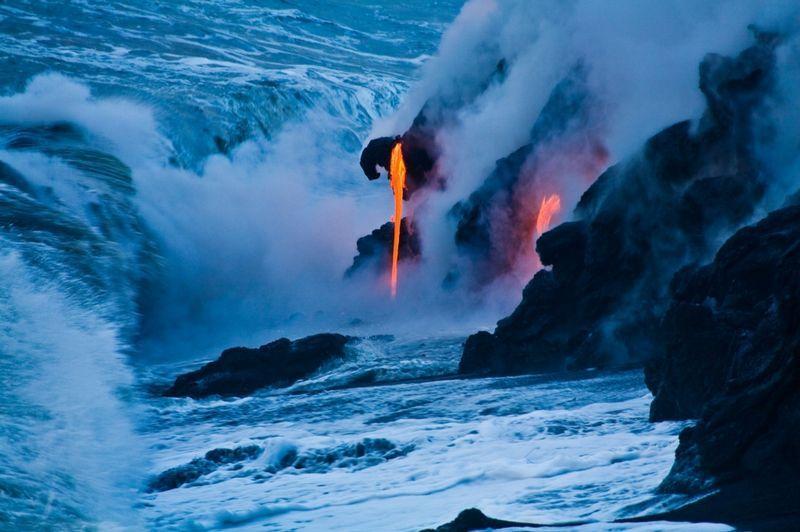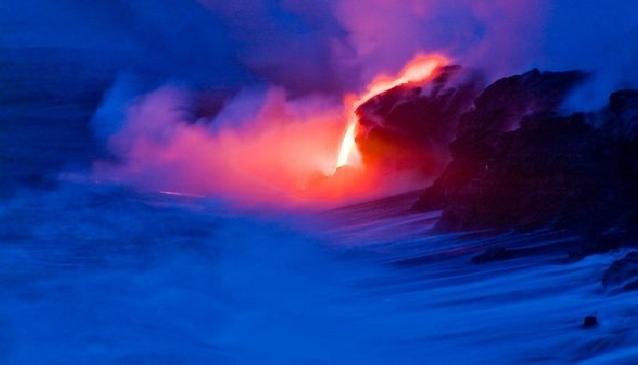With the geological wisdom that enlightens our modern times, the existence of Hawaii – that cluster of dramatically beautiful islands studded like emerald jewels in the sapphire heart of the Pacific – can be explained away with relative ease. Millions of years of volcanic eruptions have caused globs of land to steadily escalate from the seabed, eventually coalescing into the eight landmasses we can see today.
All well and good, but let’s spare a thought for those nervous, uninformed souls who inhabited the fiery archipelago back in the dark ages, when mythology rather than geology was the order of the day; when the supernatural was used to explain the natural.
To modern eyes, Hawaiian folklore is, like the rest of this sentence, an intensely convoluted subject; an interlocking tangle of myths and legends, populated with gods and goddesses, ghosts and mortals, peppered with morals and religion, forming a rich, enrapturing, yet ultimately baffling tapestry of beliefs and a unique Hawaii culture. Trying to make sense of it in the 21st Century is akin to an Ancient Hawaiian trying to get acquainted with The Simple Life. So for both our sanity and yours, we won’t delve too deeply.

Volcanoes National Park (Will Jones, Volcanoes National Park)
There is one story, however, that you might do well to observe. It involves a rather sprightly deity called Pele.
She began life on the island of Tahiti, destined to be a water goddess. Alas, she developed an inconvenient penchant for fire, and in some calamitous blunder managed to incinerate Tahiti after dabbling with flames from the Underworld. Girls will be girls, no?
No. Pele’s sister, Namaka, a sea goddess, was absolutely livid at this turn of events, and her rage wasn’t softened by the revelation that her husband and Pele had had a bit going on the side. But that’s another story for another day.
In any case, Pele quite sensibly fled Tahiti, eventually stumbling across the Hawaiian archipelago and setting up camp in a volcanic cone just north of Niihau. Having now decided her path in life, Pele burrowed into the cone in search of a fire pit to call home, causing all kinds of eruptive mayhem in the process, but her efforts were thwarted by her disgruntled sister, who used her power as a sea goddess to launch wave after extinguishing wave into the new pad.
Not one to give up easily, Pele then indulged in a spot of island hopping, rather intriguingly following a route that chronologically matches actual volcanic activity, travelling first to Kauai, then Oahu, then Molokai and then Maui. Met with watery resistance at each turn, Pele made a final leap to Hawaii (or the Big Island, as it’s less confusingly known) where she at last found some degree of success.
And continues to do so, for this is where our story moves into the present day.
Now firmly established as Hawaii’s Volcano Goddess (she also takes care of fire and lightening, which should dispel any lingering doubt regarding her pyromanic tendencies) Pele is said to inhabit the Halema‘uma’u crater of Kilauea, the world’s most active volcano. Together with the larger (but less active) Mauna Loa, this is Hawaii’s World Heritage-listed Volcanoes National Park, and it is one of the most extraordinary places on the planet.
Copyright © 2014 by My Destination. This article was written by Will Jones and originally published at My Destination Hawaii



